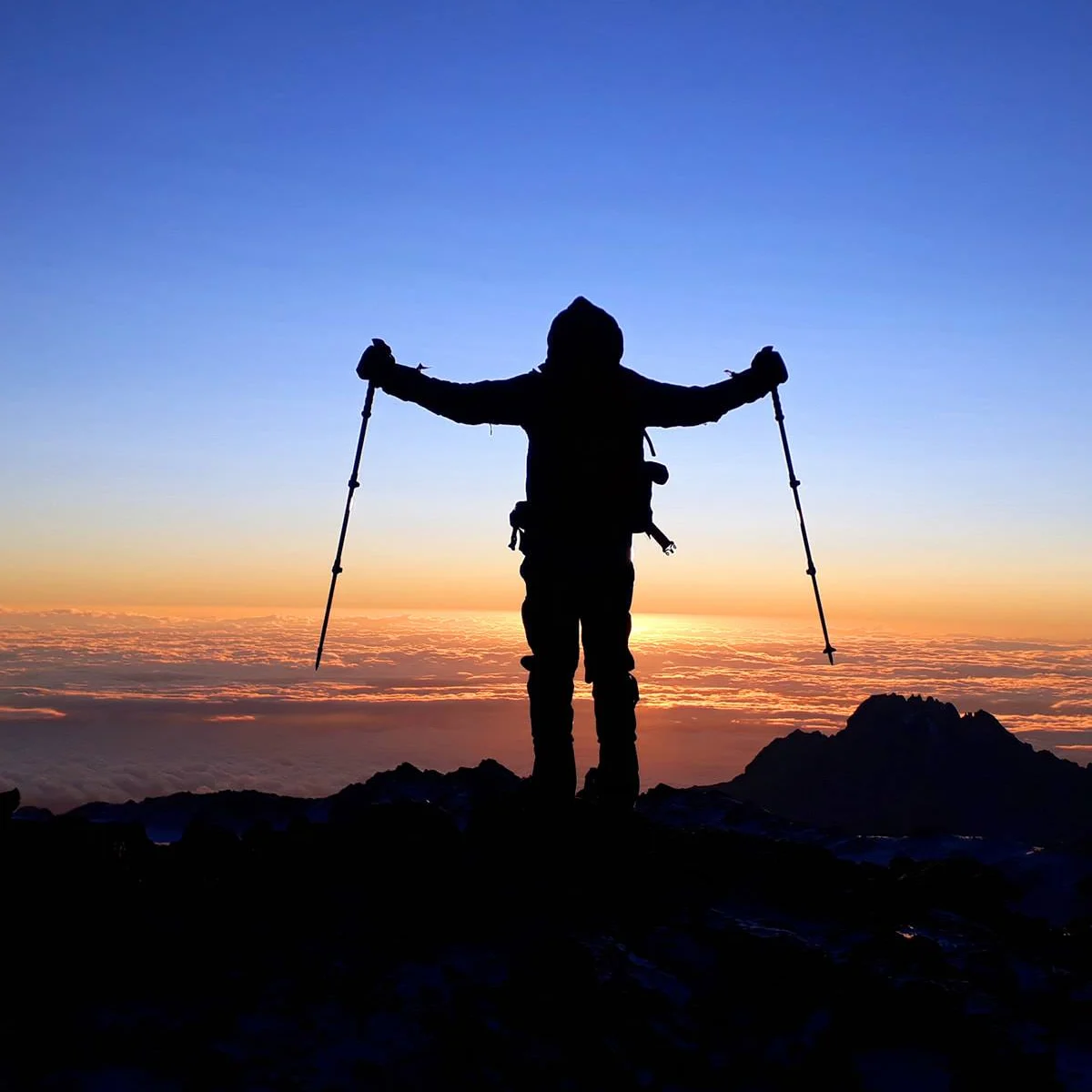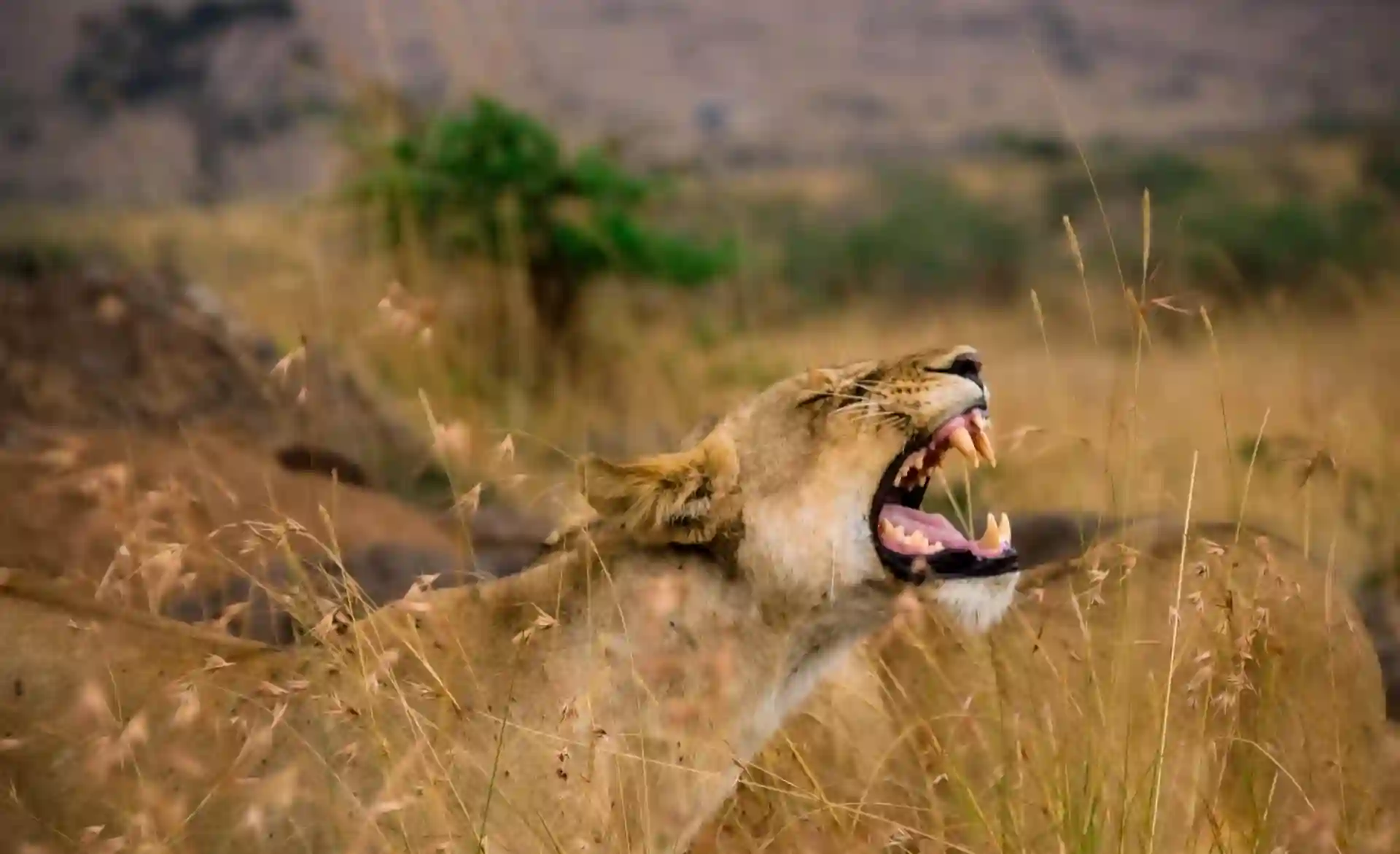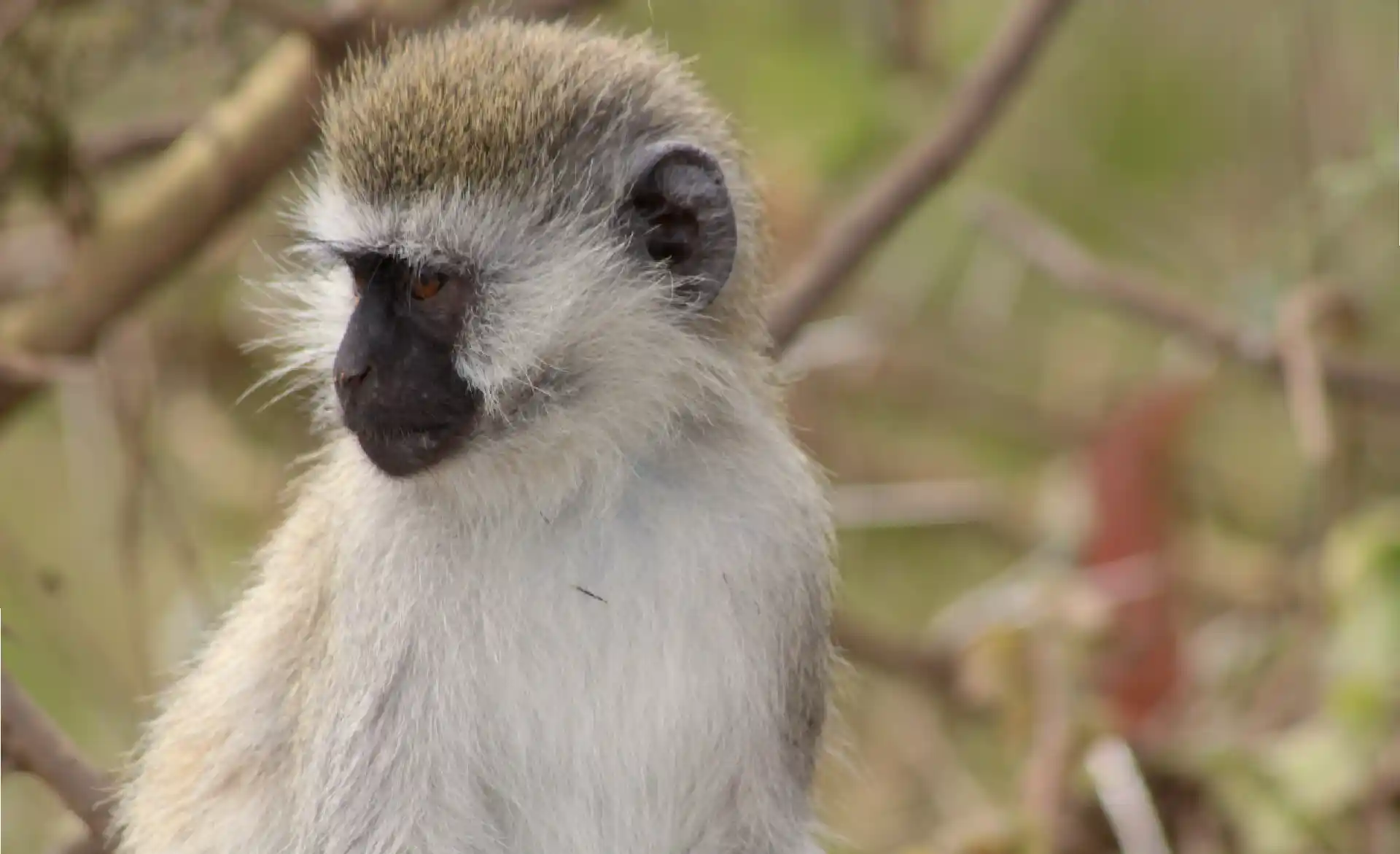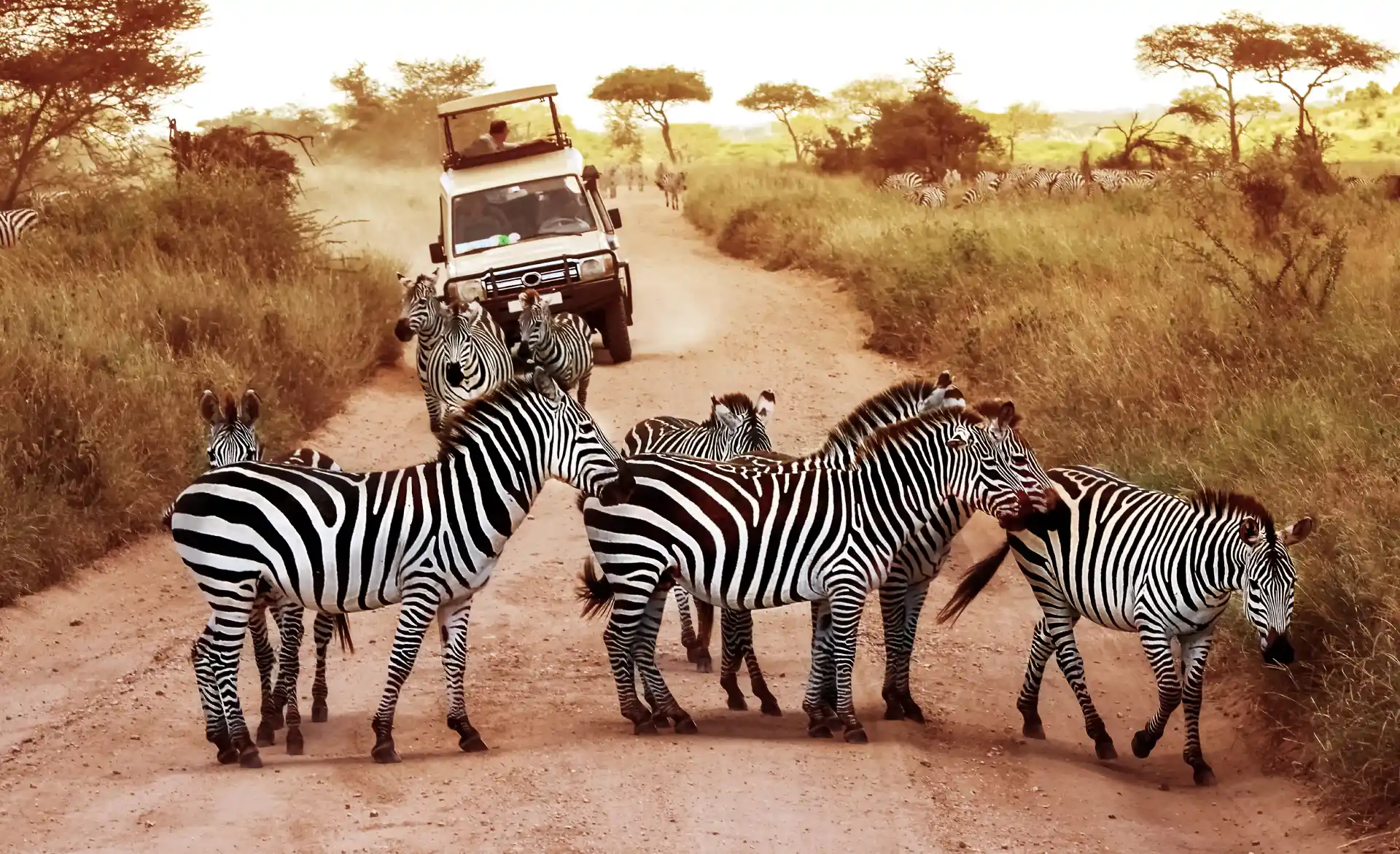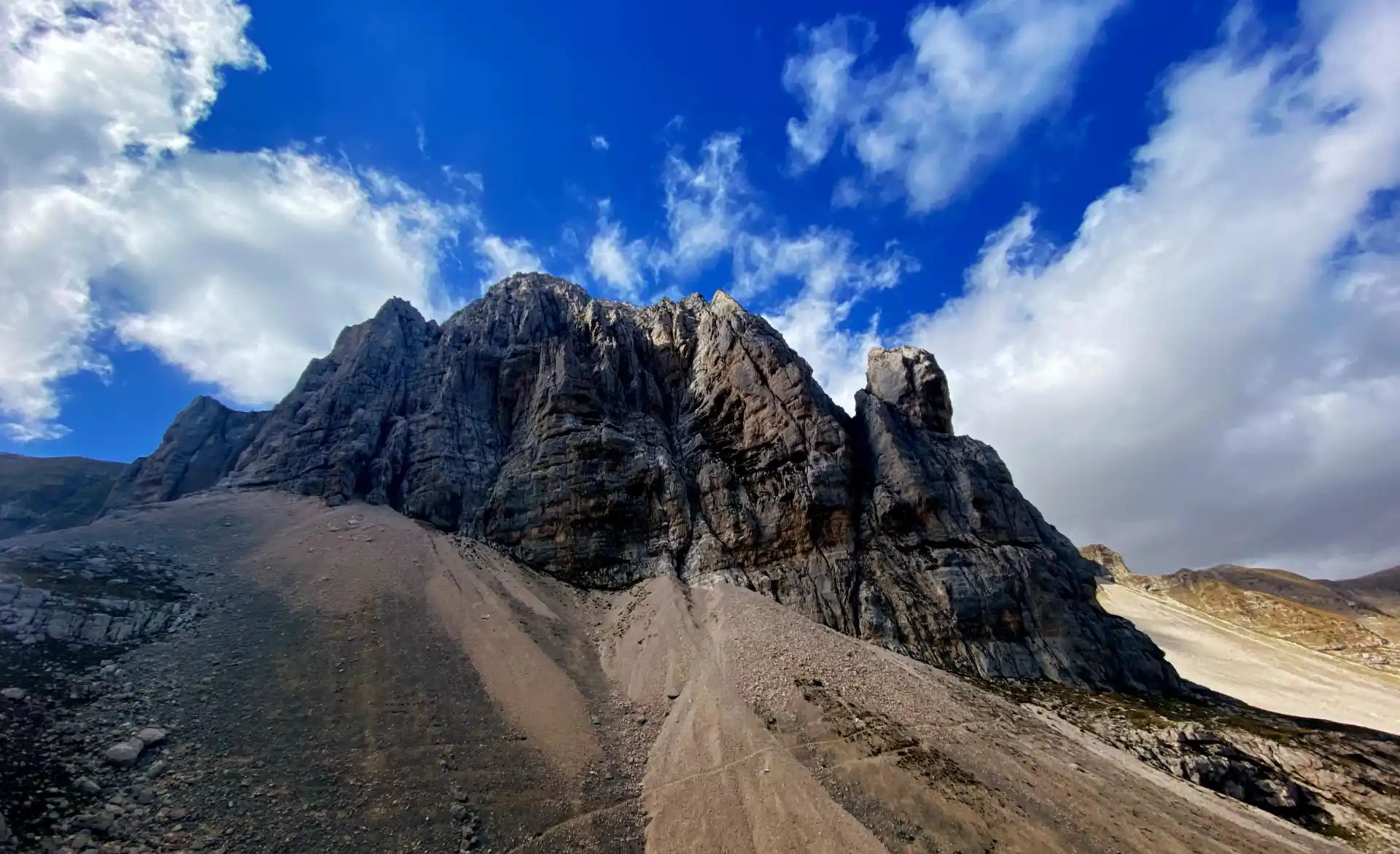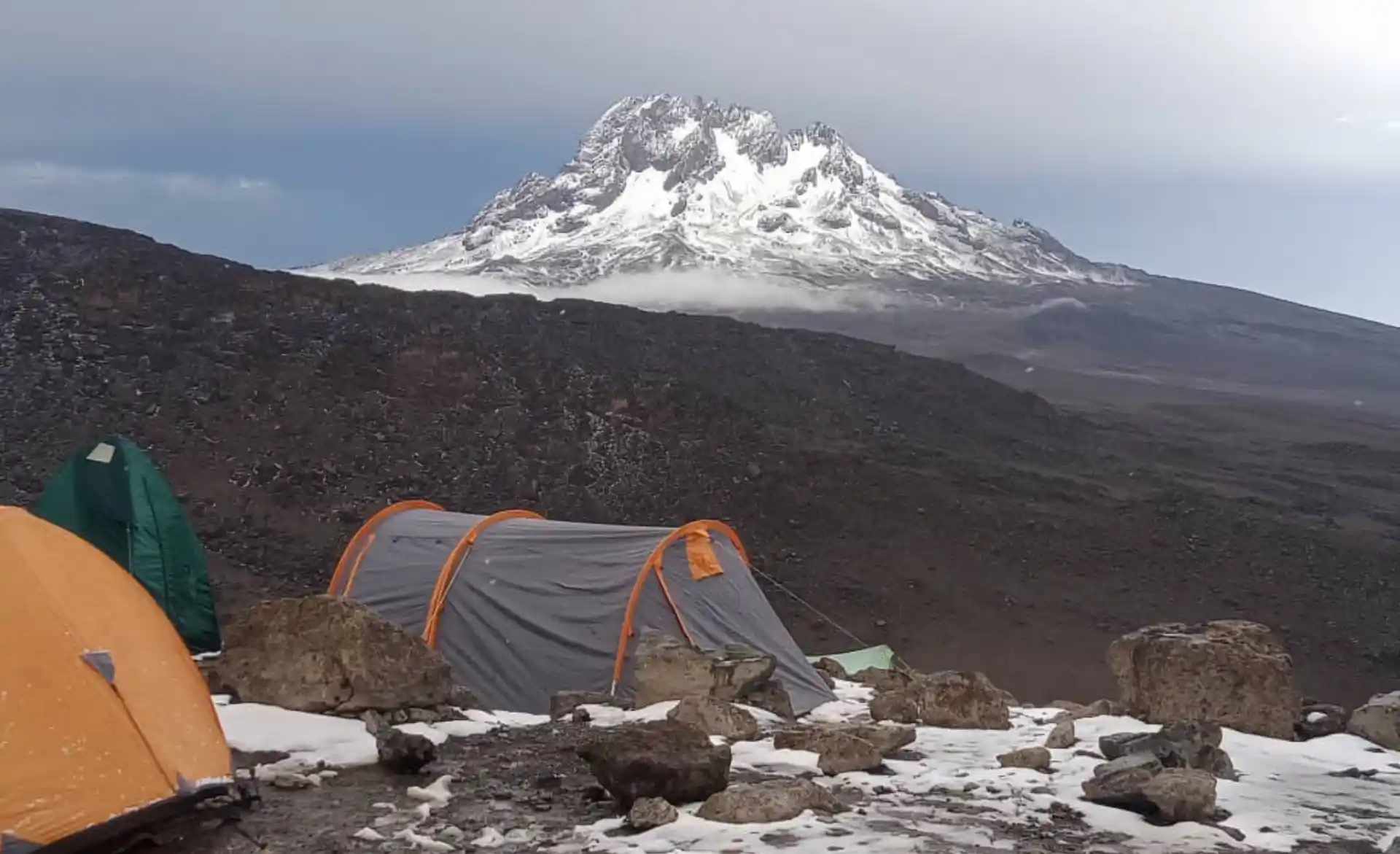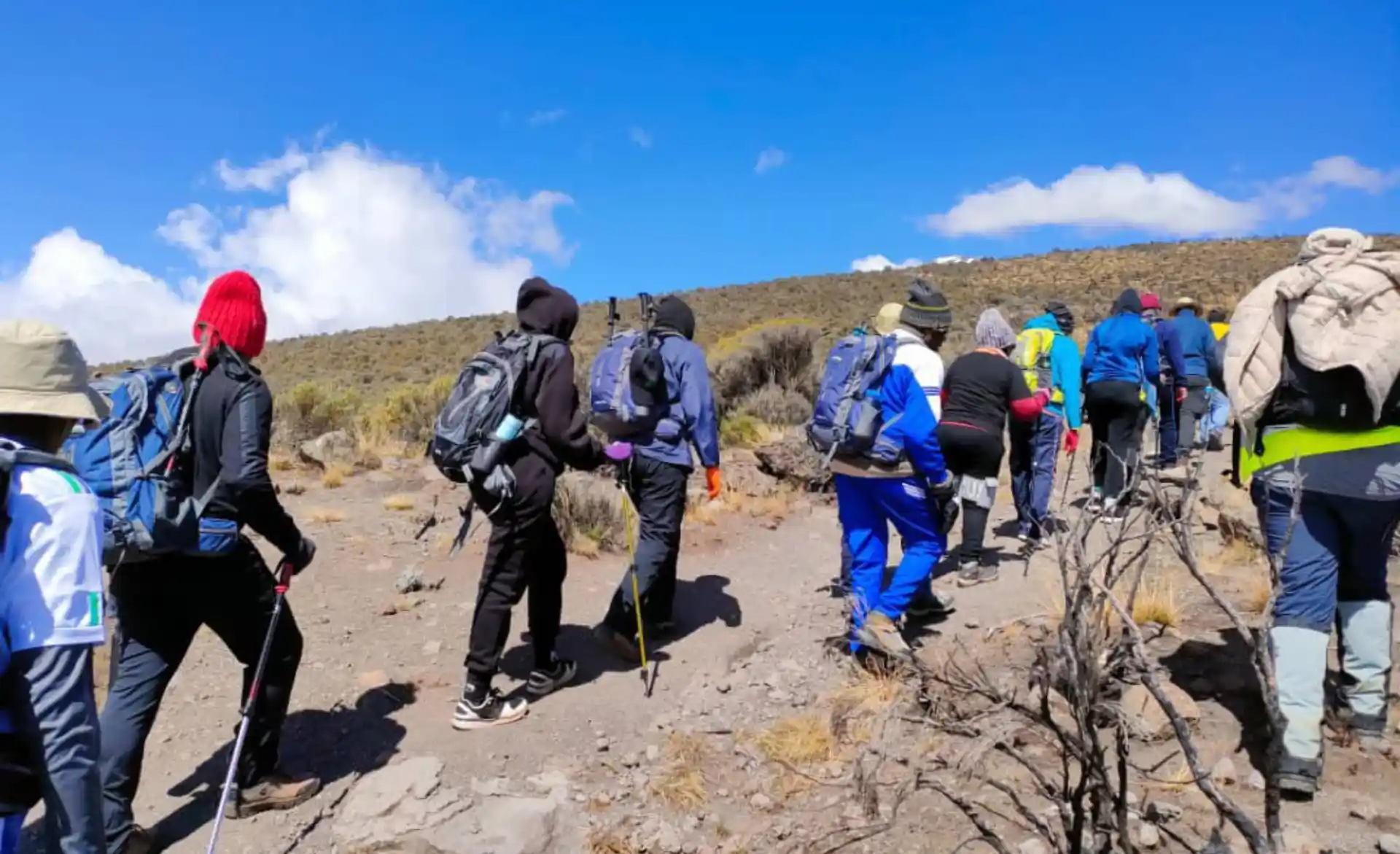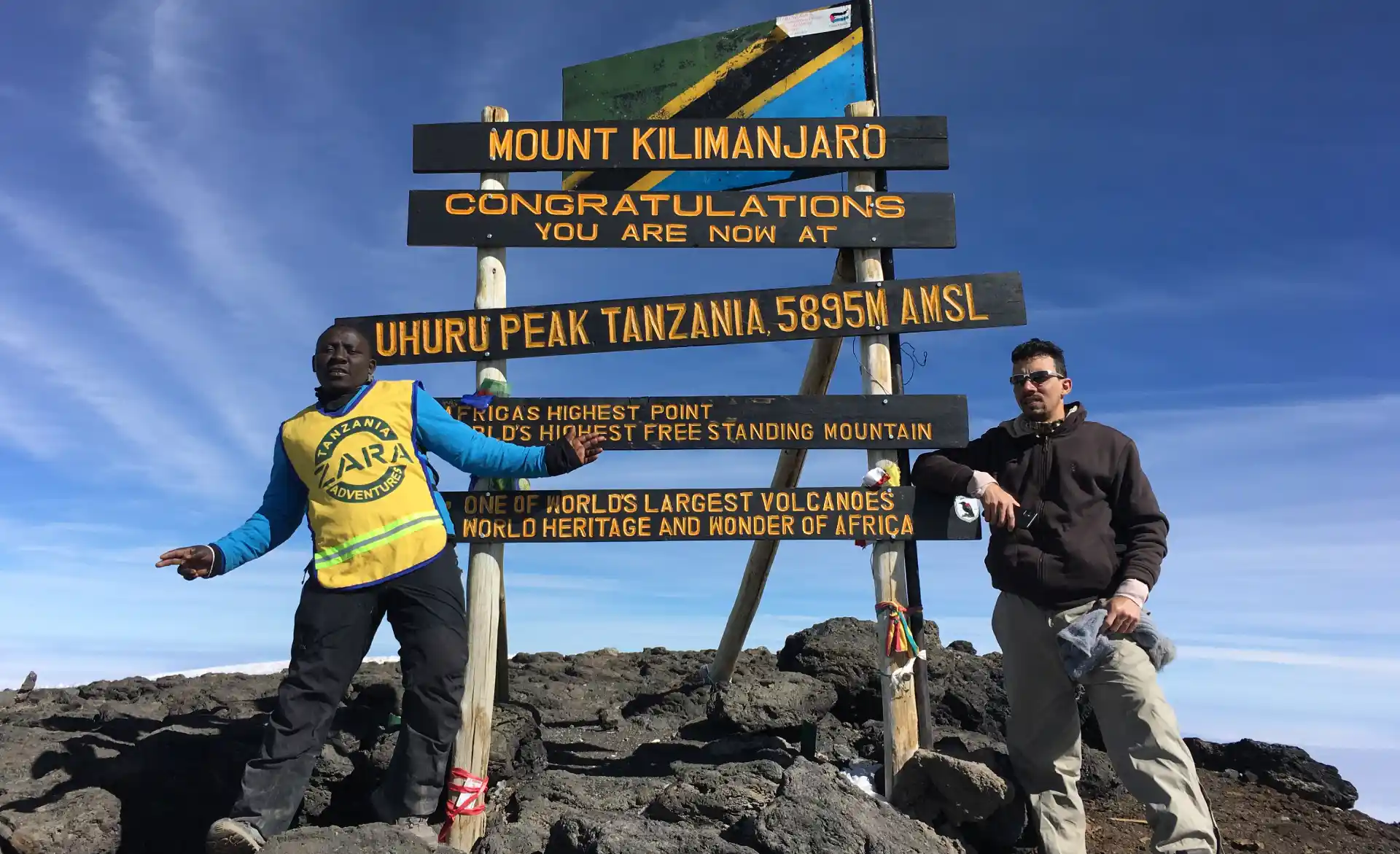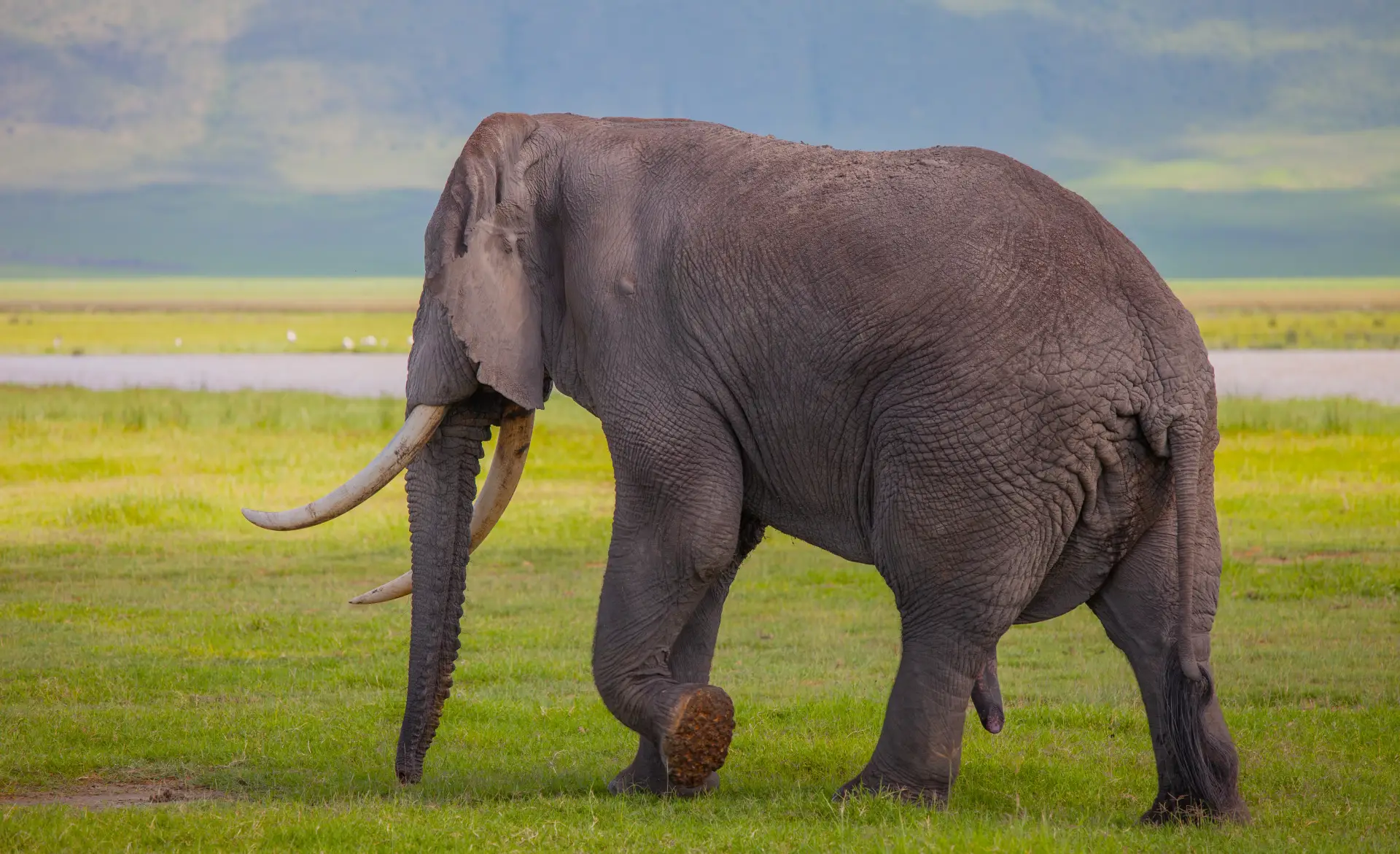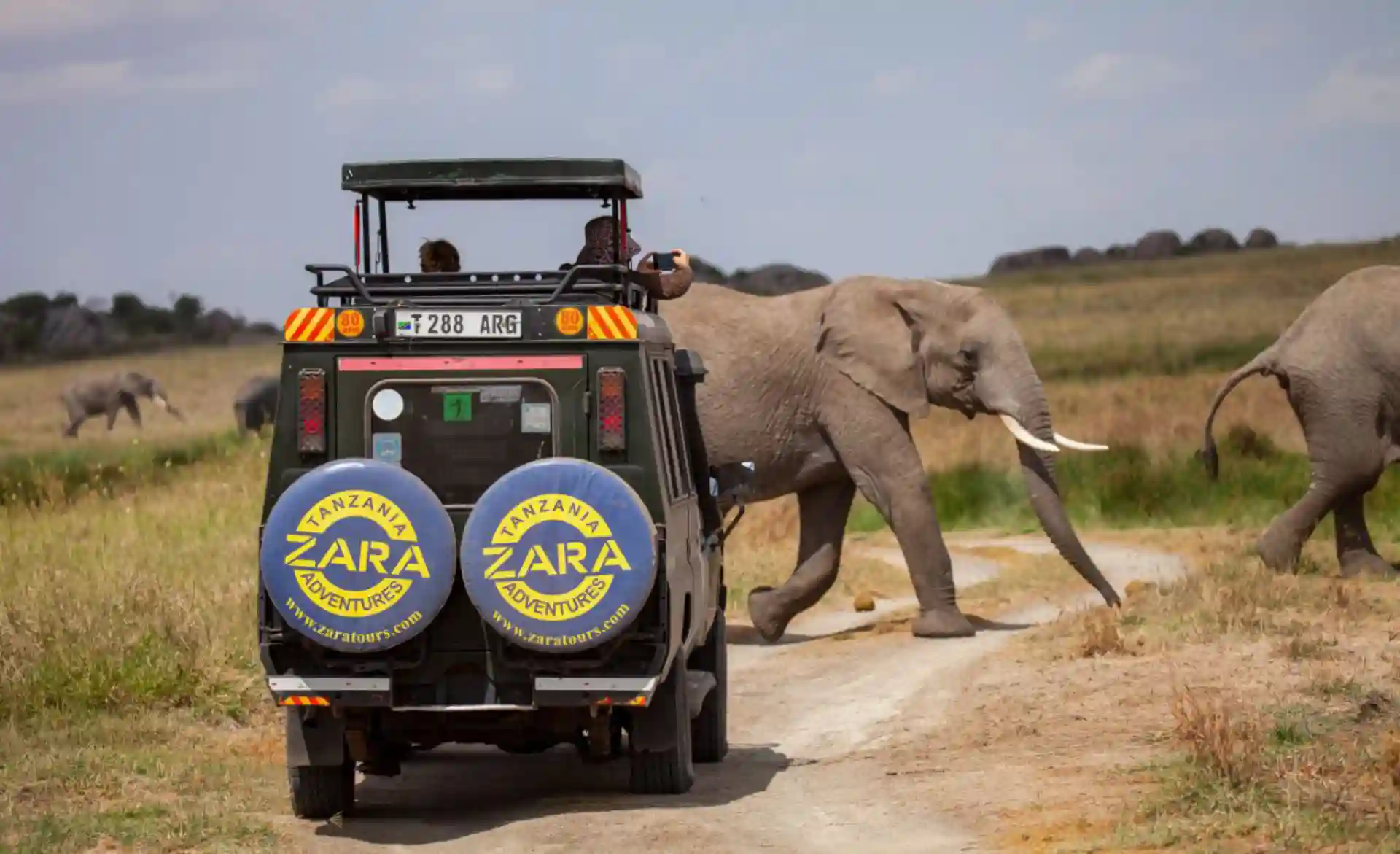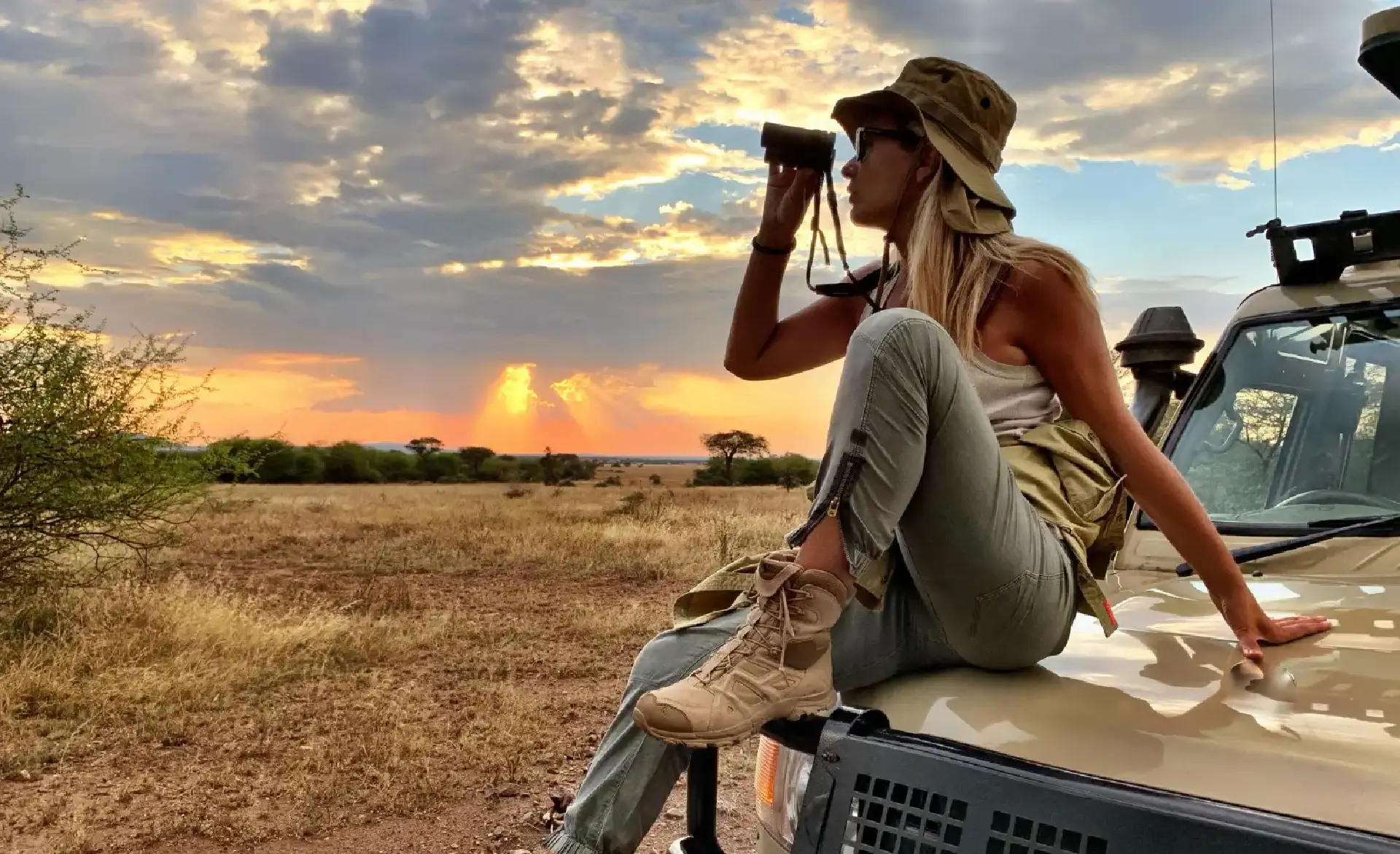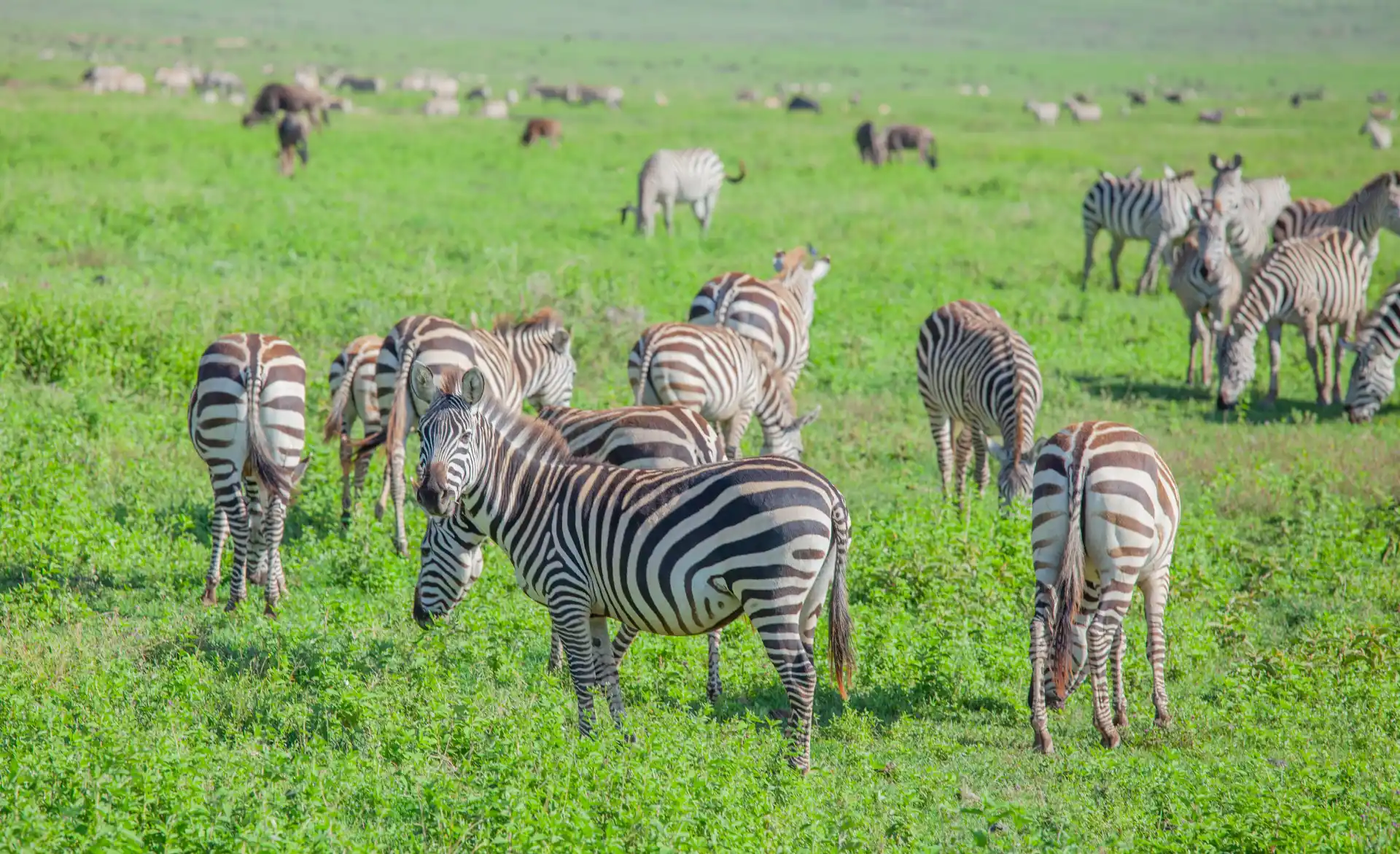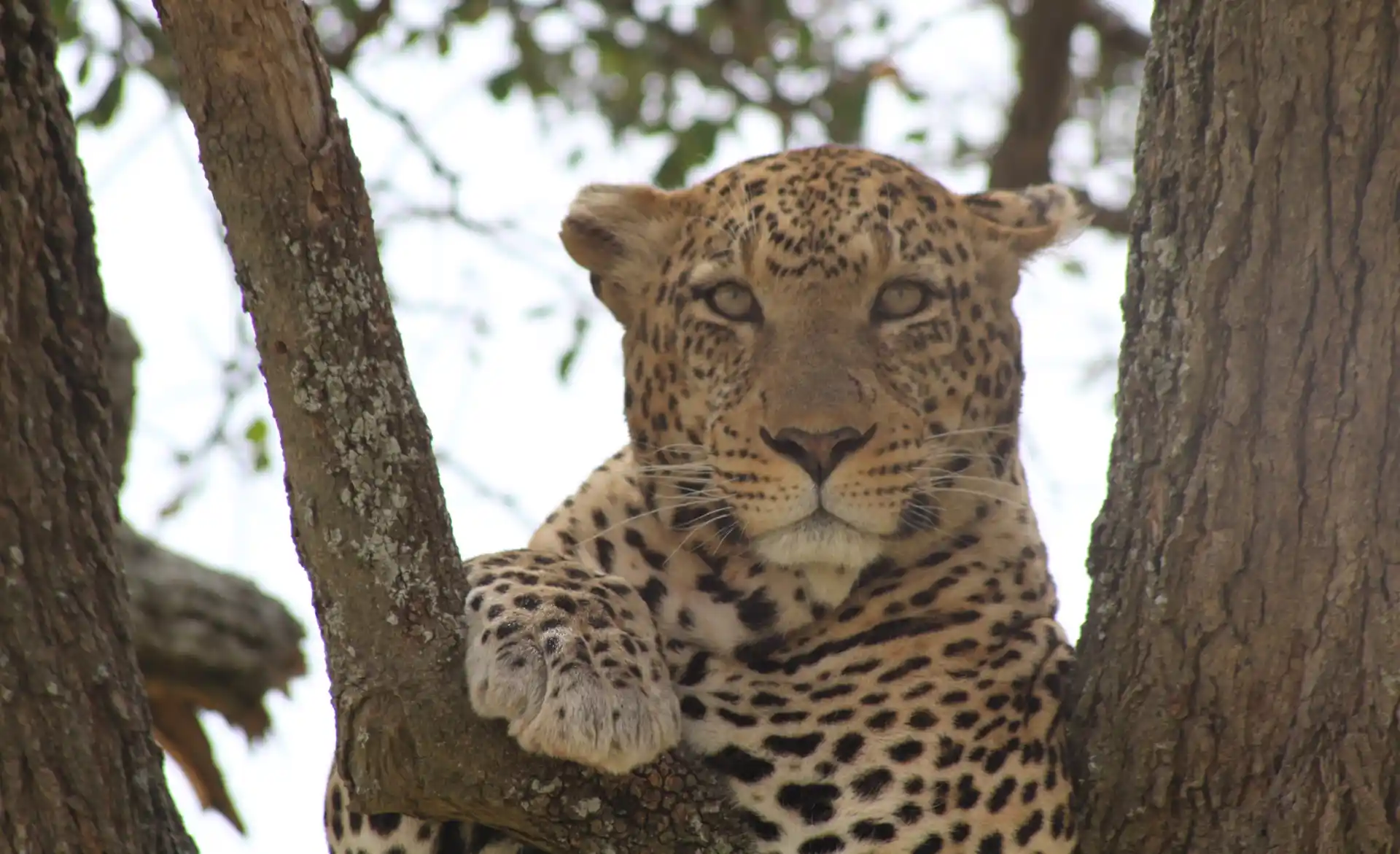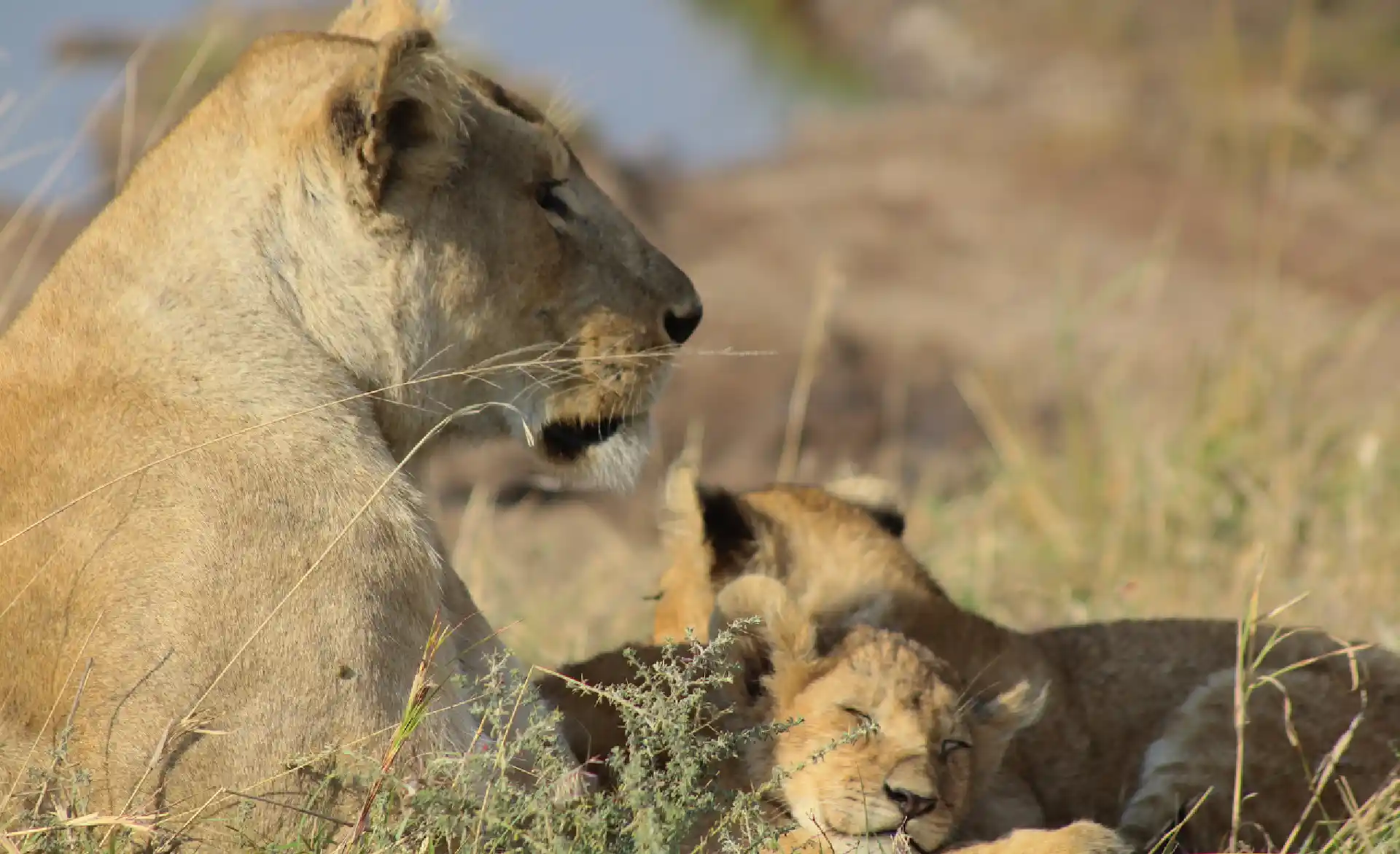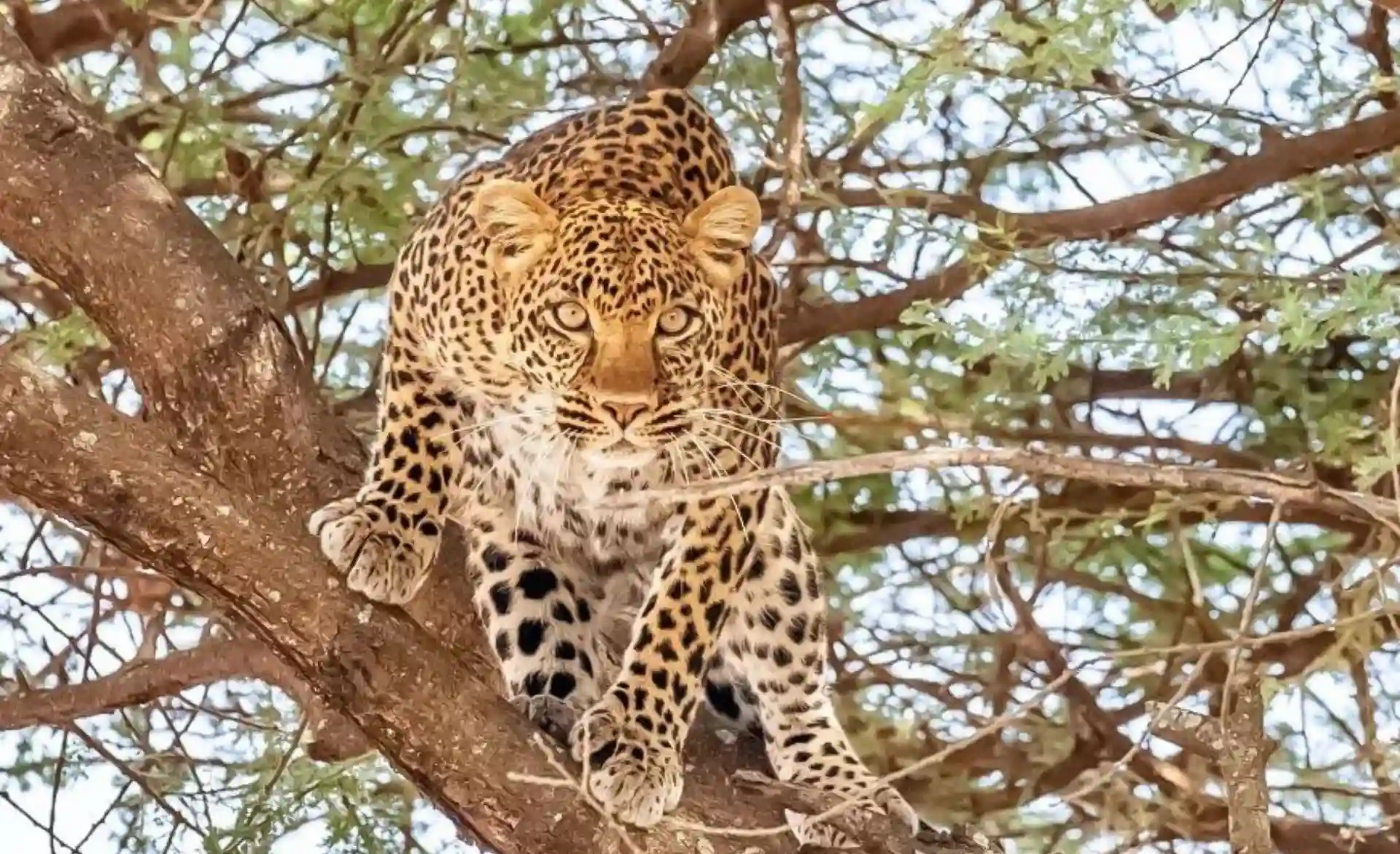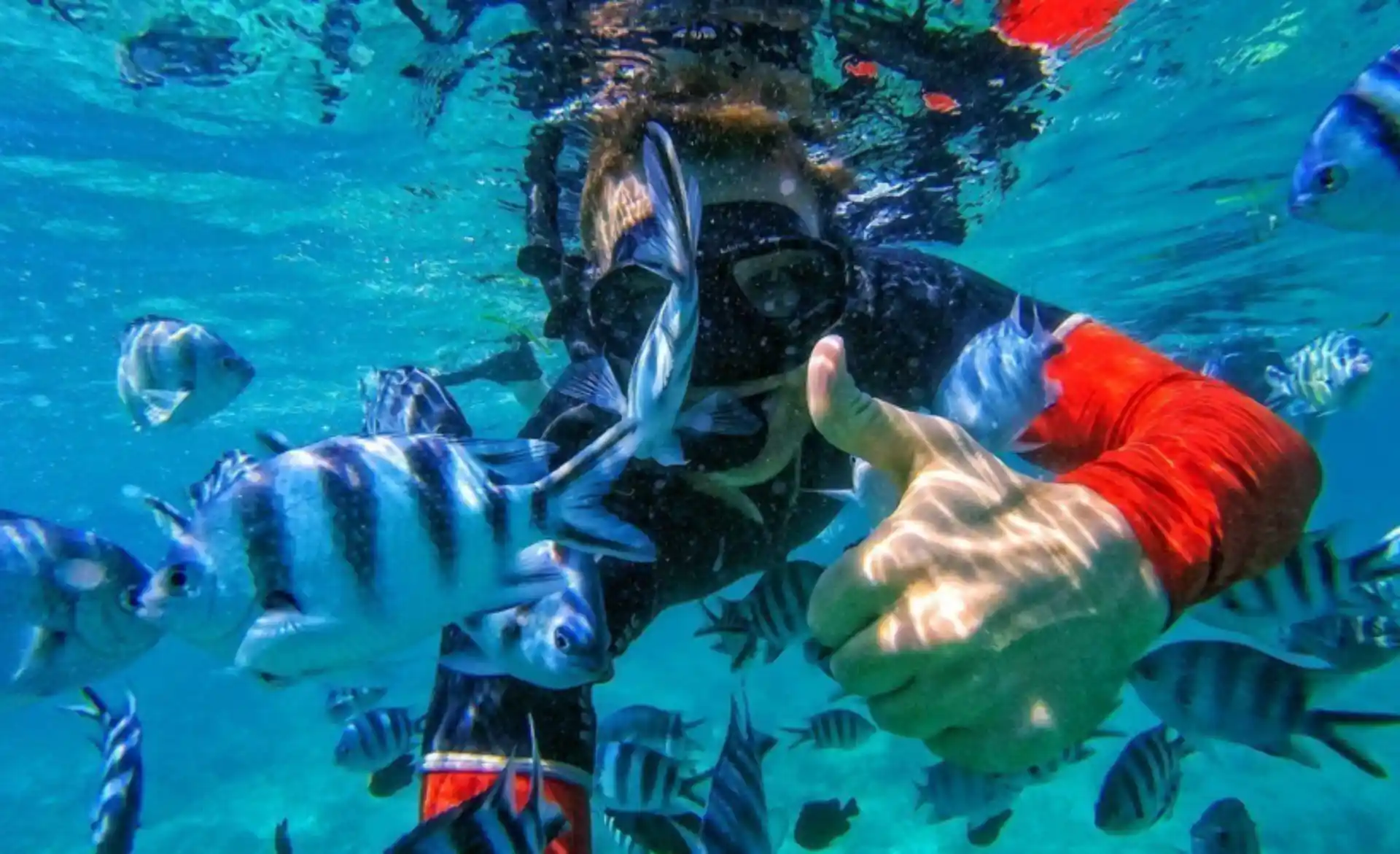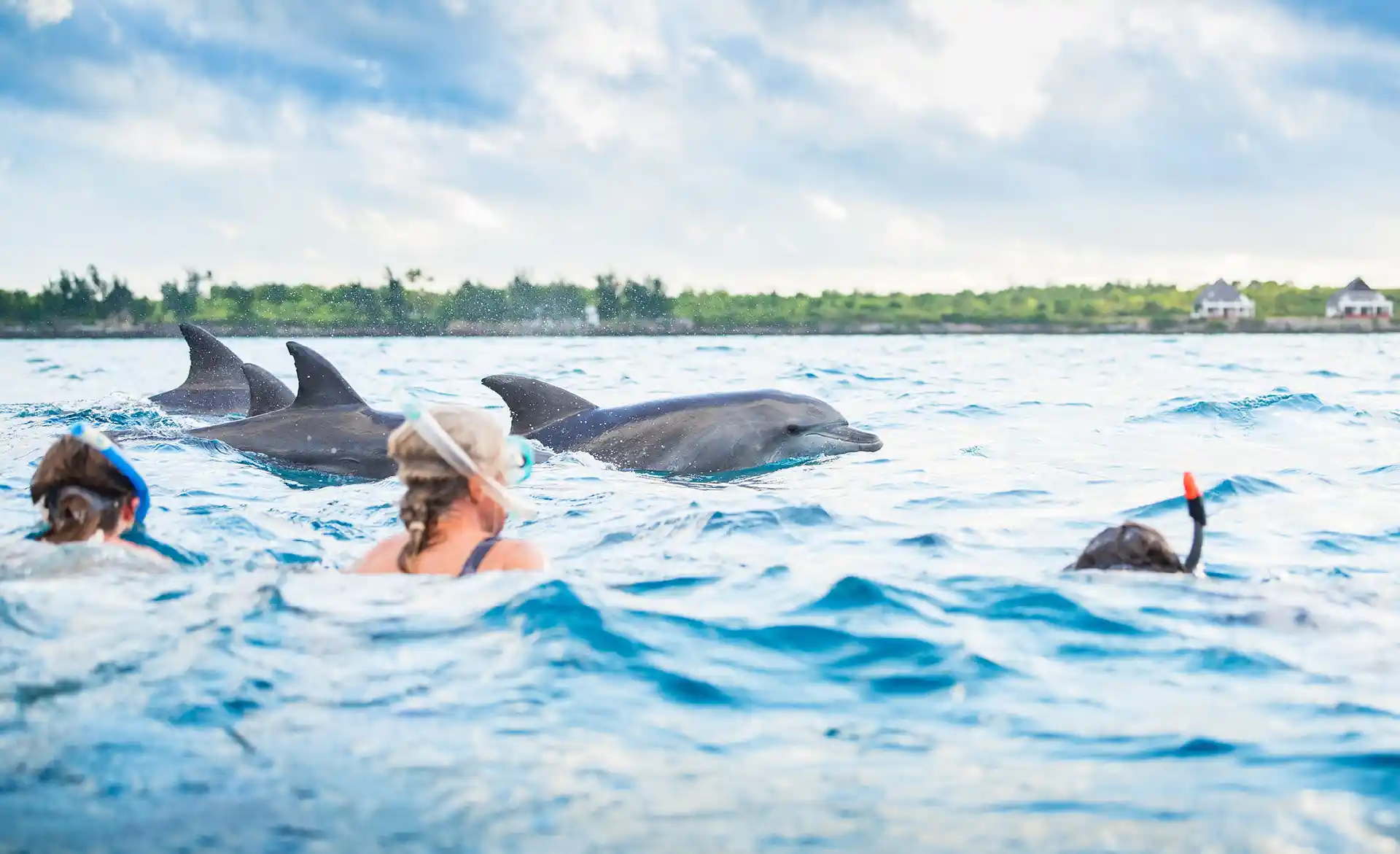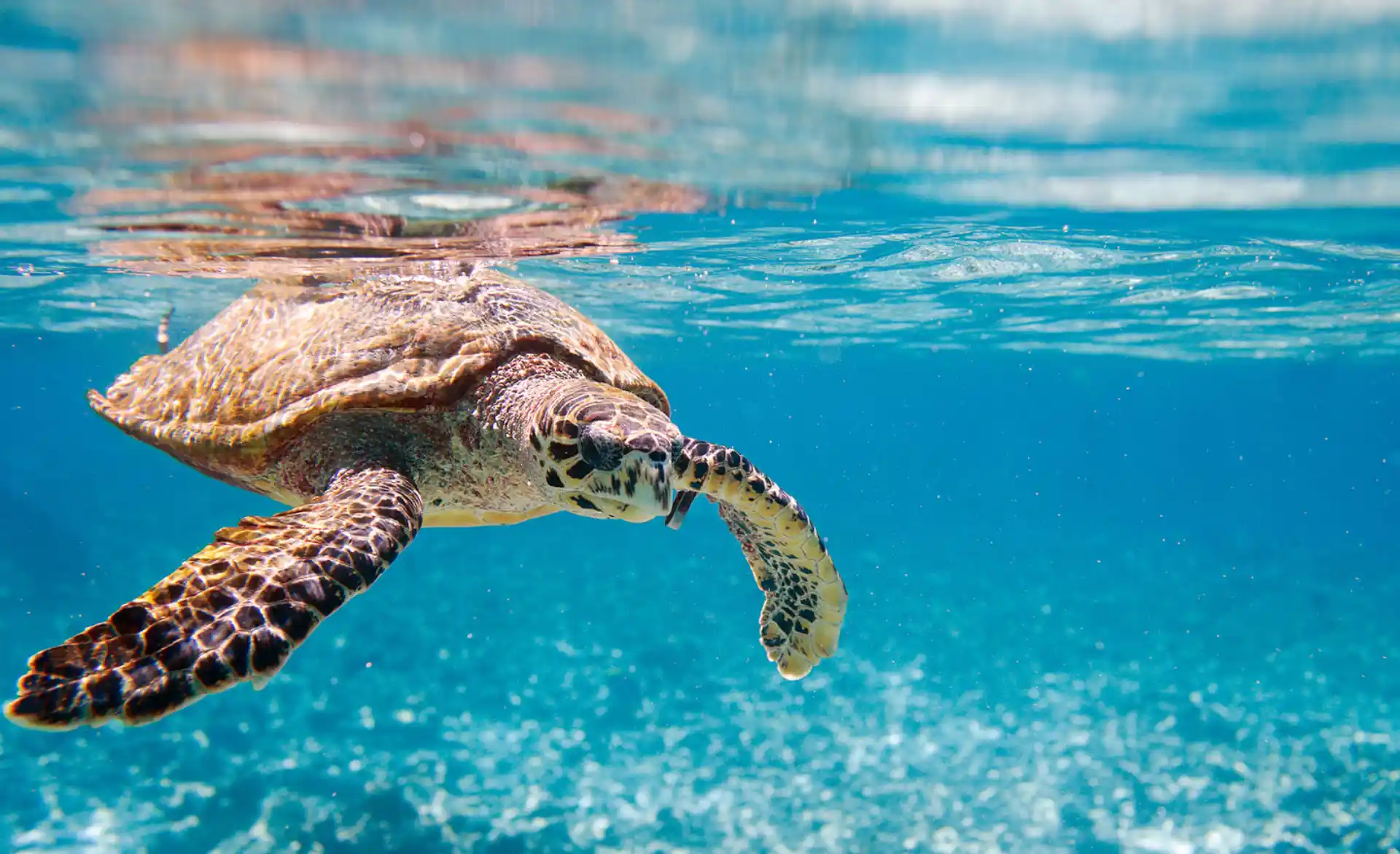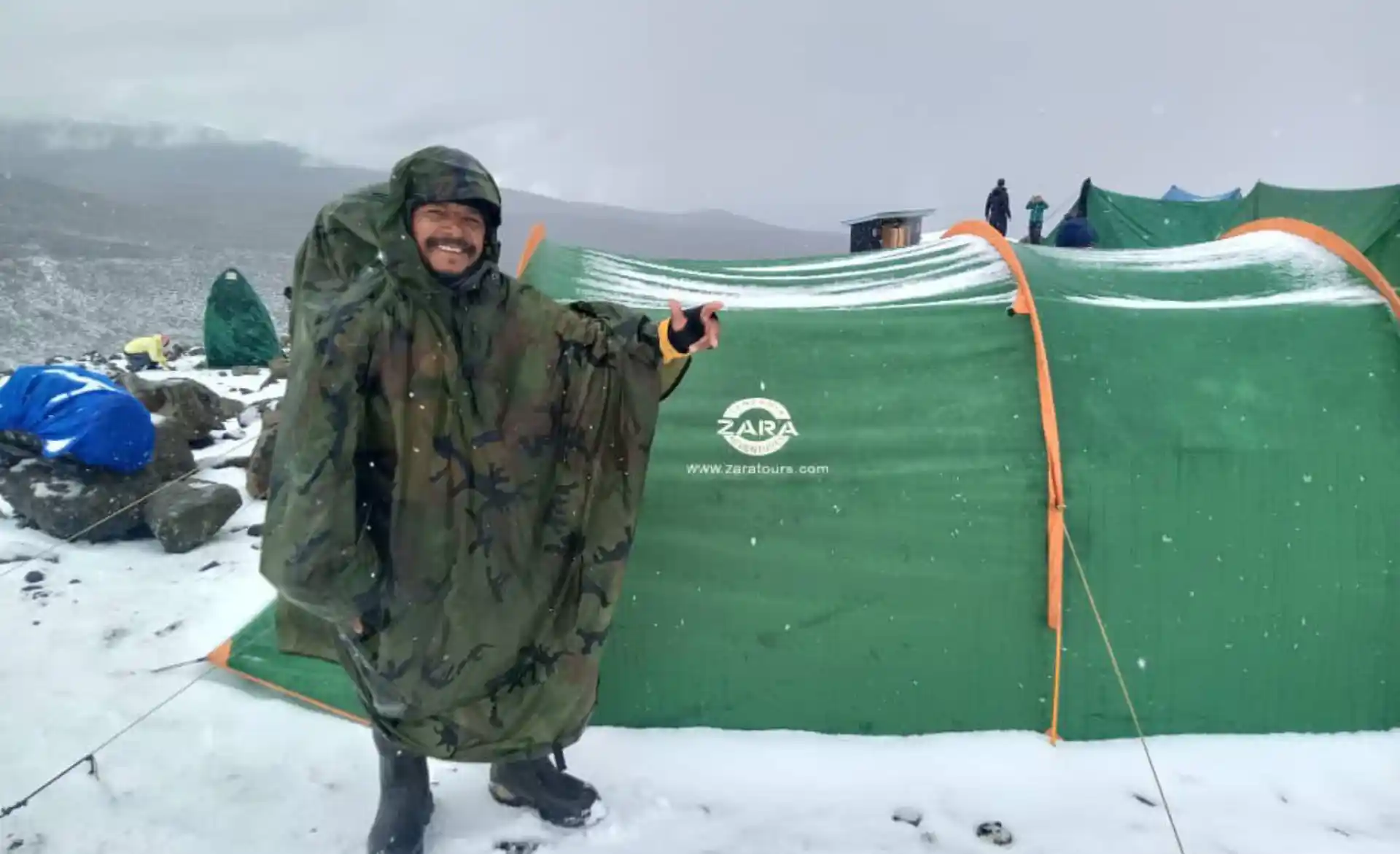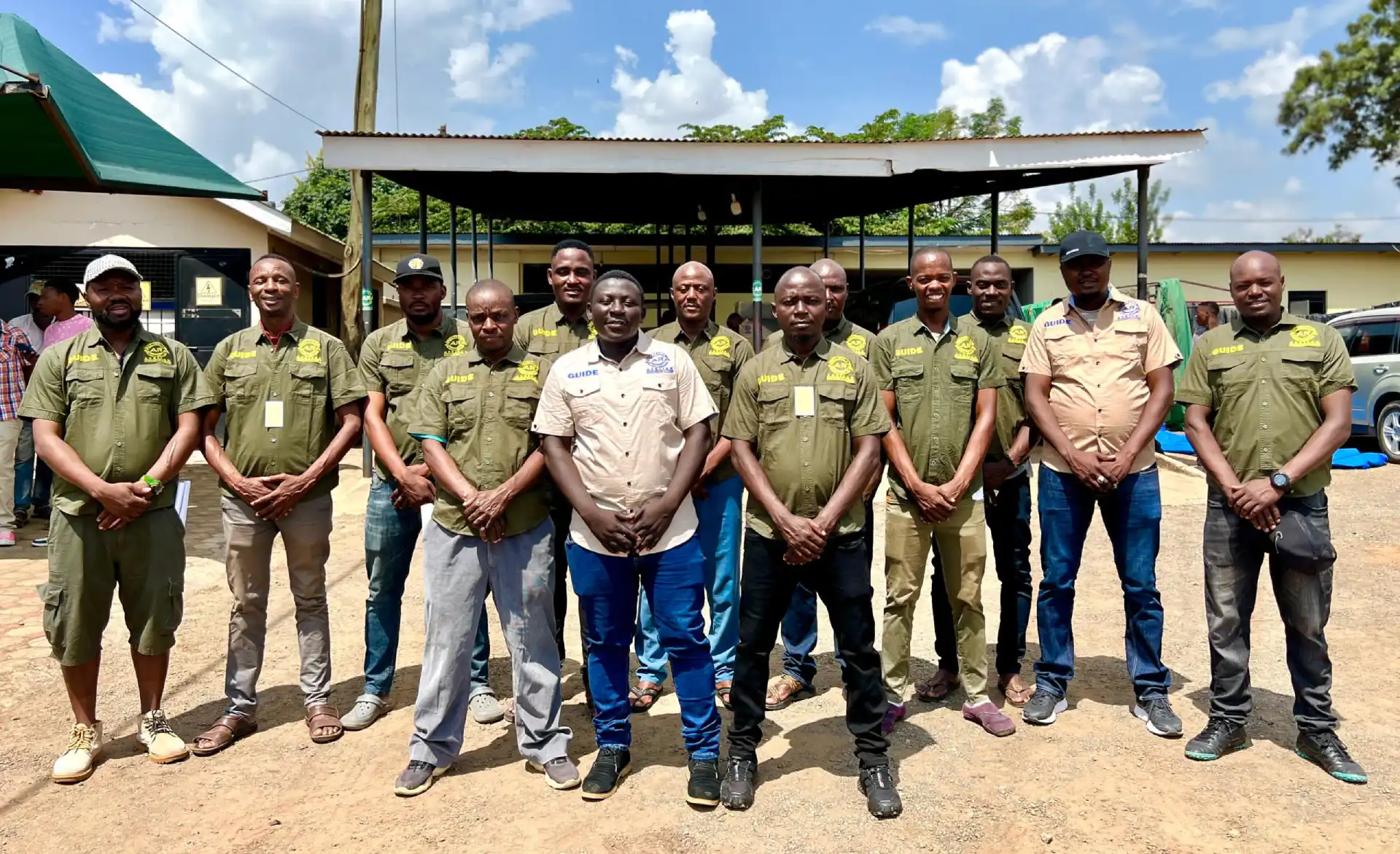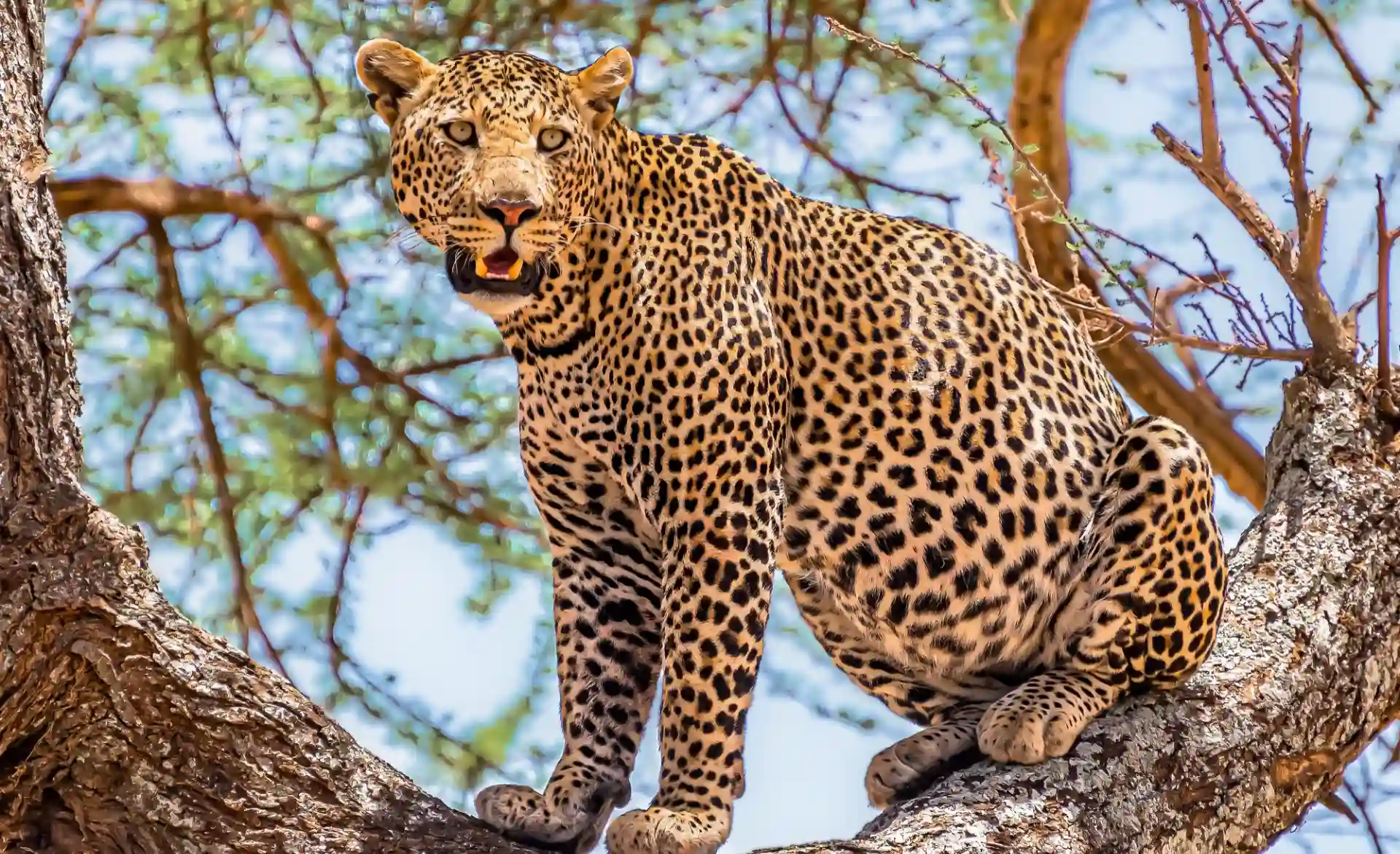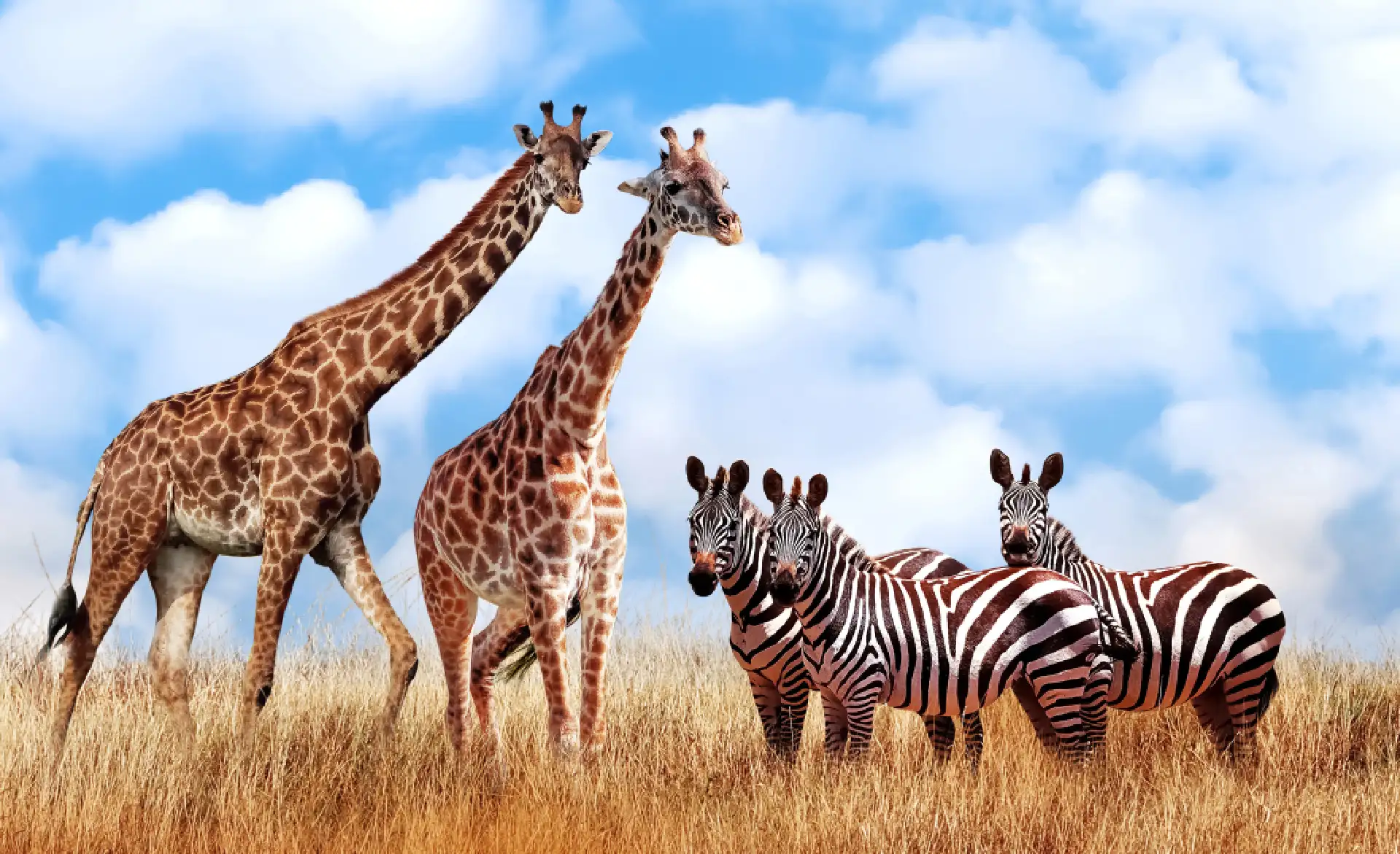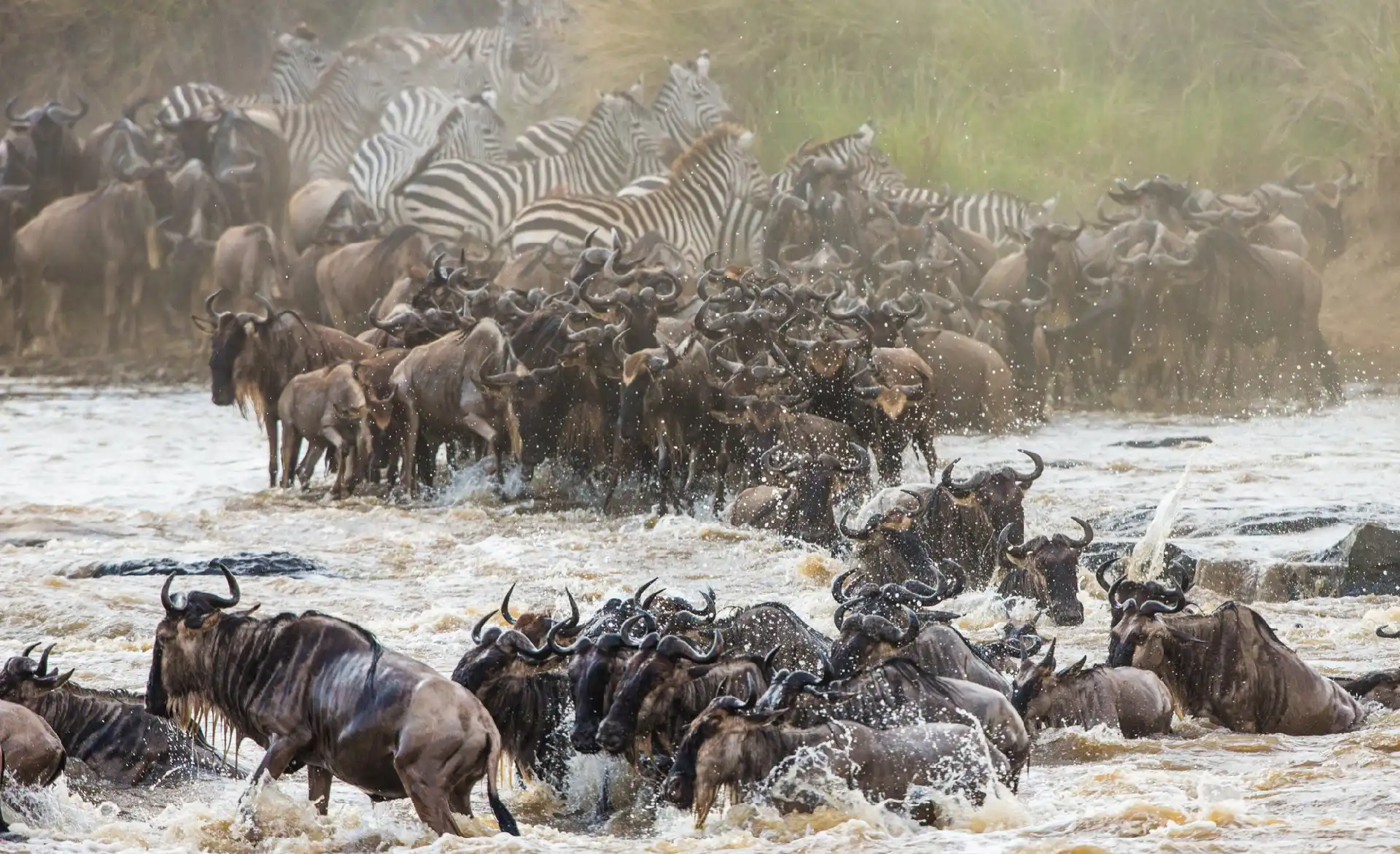How difficult is it to climb Kilimanjaro?
Kilimanjaro, the awe-inspiring freestanding volcanic mountain in Tanzania, proudly claims the title of Africa’s highest peak and the world’s tallest freestanding mountain. Its snow-capped summit, Uhuru Peak, beckons adventurers and nature lovers from across the globe. While Kilimanjaro is often categorized as a non-technical climb, the journey to its summit is far from easy, posing challenges that test one’s physical endurance, mental resilience, and adaptability.
ALTITUDE:
A significant challenge on Kilimanjaro is the rapid gain in altitude. Commencing the trek at the base, climbers ascend through distinct ecological zones marked by unique flora and fauna. The summit, standing at an impressive 19,341 feet (5,895 meters), presents a formidable altitude challenge. Concerns about altitude sickness, ranging from mild headaches to severe pulmonary and cerebral edema, are real. Acclimatization becomes paramount, necessitating a gradual ascent to allow the body to adjust to the diminishing air pressure
VARIED CLIMATIC ZONES:
Kilimanjaro’s diverse topography encompasses five climatic zones, each requiring climbers to adapt. The expedition begins in cultivated foothills, traverses rainforests, heath and moorlands, an alpine desert, and concludes at the glacial summit. Negotiating through dense vegetation and coping with temperature fluctuations from tropical warmth to freezing cold pose unique challenges. Climbers must be equipped to handle these diverse conditions, requiring strategic planning for clothing, gear, and physical readiness.
PHYSICAL DEMANDS:
Despite lacking technical climbing requirements, Kilimanjaro demands a reasonable level of physical fitness. The trek is a strenuous multi-day hike, necessitating participants to be prepared for extended periods of walking, often on uneven terrain. The combination of altitude and the duration of the climb can be physically taxing. Adequate preparation through cardiovascular workouts, strength training, and endurance activities is vital to enhance the likelihood of reaching the summit.
UNPREDICTABLE WEATHER:
Kilimanjaro is renowned for its erratic weather, characterized by swift temperature changes and the possibility of sudden storms. Climbers may encounter scorching sun, biting winds, rain, and even snow during the ascent. Appropriate gear, including waterproof clothing, layered attire for temperature regulation, and sturdy footwear, is essential for navigating the ever-shifting weather conditions.
MENTAL TOUGHNESS:
Conquering Kilimanjaro extends beyond physical prowess; it demands mental resilience. Climbers may grapple with moments of uncertainty, fatigue, and discomfort during the ascent. The arduous trek calls for persistence and a positive mindset. Group dynamics and support from guides and fellow climbers play a pivotal role in bolstering morale and surmounting mental obstacles.
While Kilimanjaro may lack technical complexities, its unique blend of altitude, climatic diversity, physical demands, unpredictable weather, and mental challenges make it a formidable undertaking. Those embarking on this journey find themselves not only surrounded by breathtaking natural vistas but also pushed to their limits, emerging with a profound sense of achievement and a deeper understanding of their own capabilities. Prospective climbers should approach Kilimanjaro with reverence, meticulous preparation, and a willingness to embrace the trials associated with scaling Africa’s highest peak.

